- Joined
- Aug 19, 2017
- Messages
- 3,000 (1.07/day)
The Chinese chipmaker Loongson has launched its newest desktop processors, the 4-core, 8-thread 3A6000 series, based on the company's LoongArch microarchitecture. We have previously reported that the company wants to match Intel's "Willow Cove" and AMD's Zen 3 instruction per clock (IPC) levels with its 3A6000 CPU series, and today we have the first preview of the performance. Powered by the LA664 cores, 3A6000 is built on a 14/12 nm manufacturing process, with clock speeds going from 2.0 to 2.5 GHz and power consumption of up to 50 Watts. It features 256 KB of L2 cache and 16 MB of L3 cache in total.
While several hardware partners are announcing new Loongson-powered solutions, ASUS China's "Uncle Tony" managed to get his hands on one of them and overclocker the CPU to 2.63 GHz on air cooling. In overclocking tests using liquid nitrogen cooling, a 3A6000 processor reached 3.0 GHz, though there are indications that there is still overhead. In standard out-of-the-box configuration, the 3A6000 performs similarly to Intel's Core i3-10100 four-core CPU, an achievement for Loongson but still behind Intel's latest offerings that clock nearly twice as high. This rapid development of Loongson IP has led to a massive performance increase, matching the IPC of modern CPUs. We are still left to see more information about these 3A6000 series SKUs; however, early benchmarks suggest a significant improvement. You can see the CPU benchmarks below, which include UnixBench and SPEC CPU 2006.
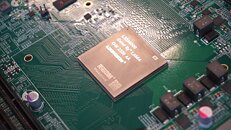
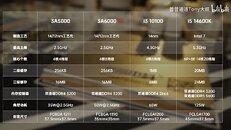
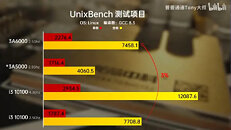
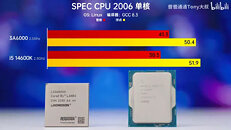
Addditionally, images of the overclocked CPU and ASUS XC-LS3A6M motherboard housing the Loongson 3A600 CPU are listed below.
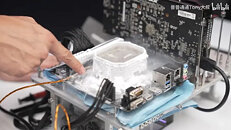
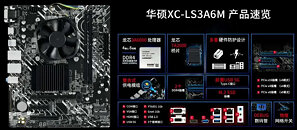
View at TechPowerUp Main Site | Source
While several hardware partners are announcing new Loongson-powered solutions, ASUS China's "Uncle Tony" managed to get his hands on one of them and overclocker the CPU to 2.63 GHz on air cooling. In overclocking tests using liquid nitrogen cooling, a 3A6000 processor reached 3.0 GHz, though there are indications that there is still overhead. In standard out-of-the-box configuration, the 3A6000 performs similarly to Intel's Core i3-10100 four-core CPU, an achievement for Loongson but still behind Intel's latest offerings that clock nearly twice as high. This rapid development of Loongson IP has led to a massive performance increase, matching the IPC of modern CPUs. We are still left to see more information about these 3A6000 series SKUs; however, early benchmarks suggest a significant improvement. You can see the CPU benchmarks below, which include UnixBench and SPEC CPU 2006.




Addditionally, images of the overclocked CPU and ASUS XC-LS3A6M motherboard housing the Loongson 3A600 CPU are listed below.


View at TechPowerUp Main Site | Source








